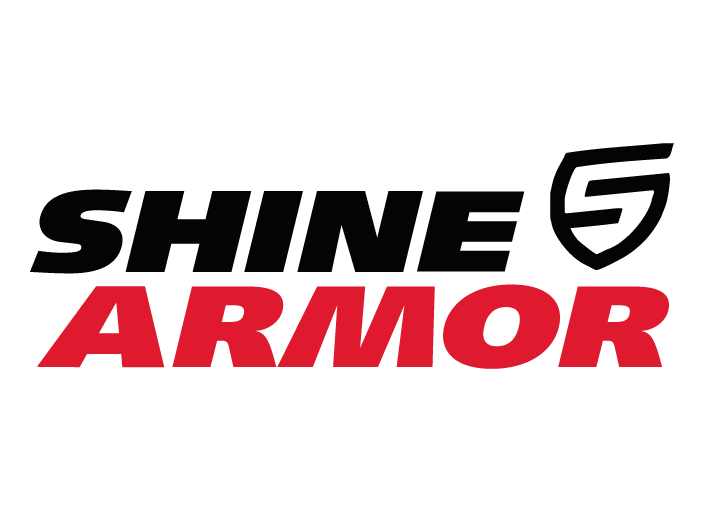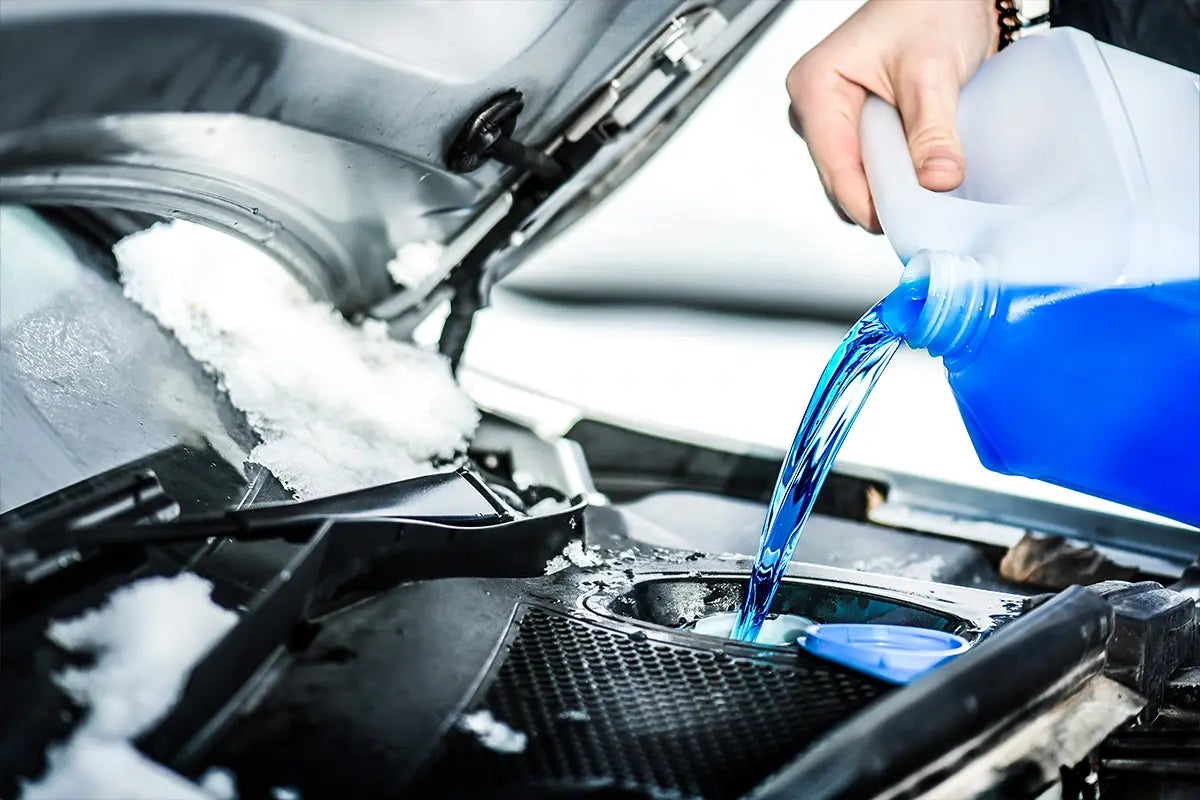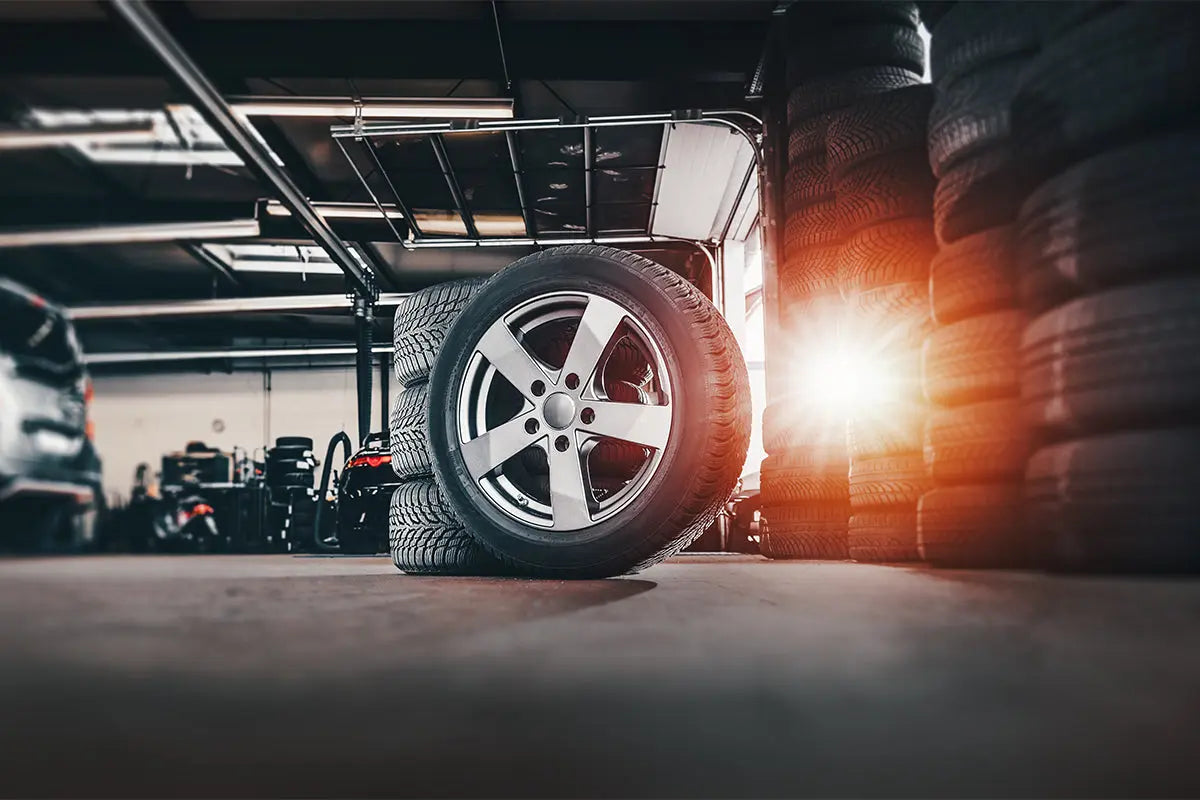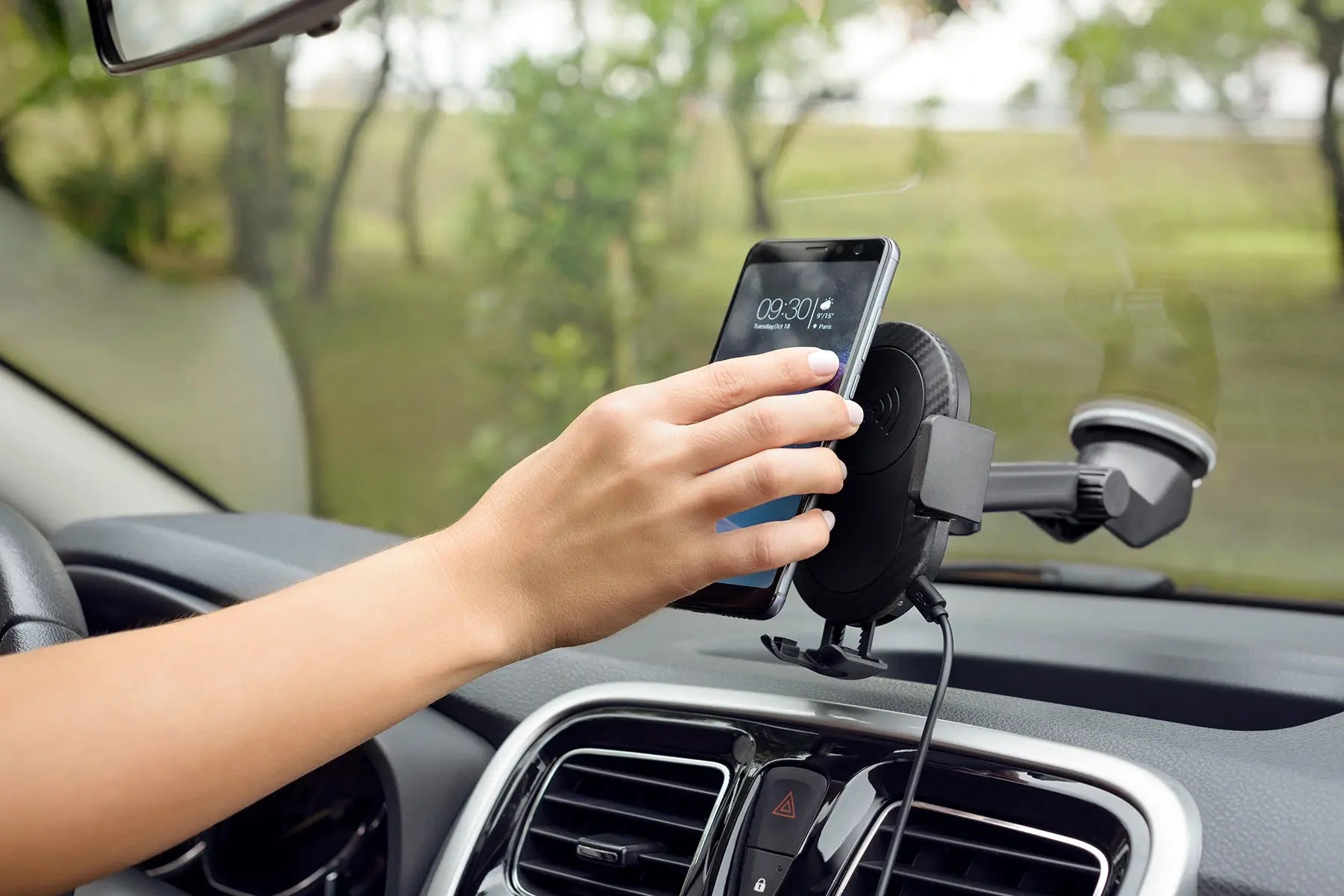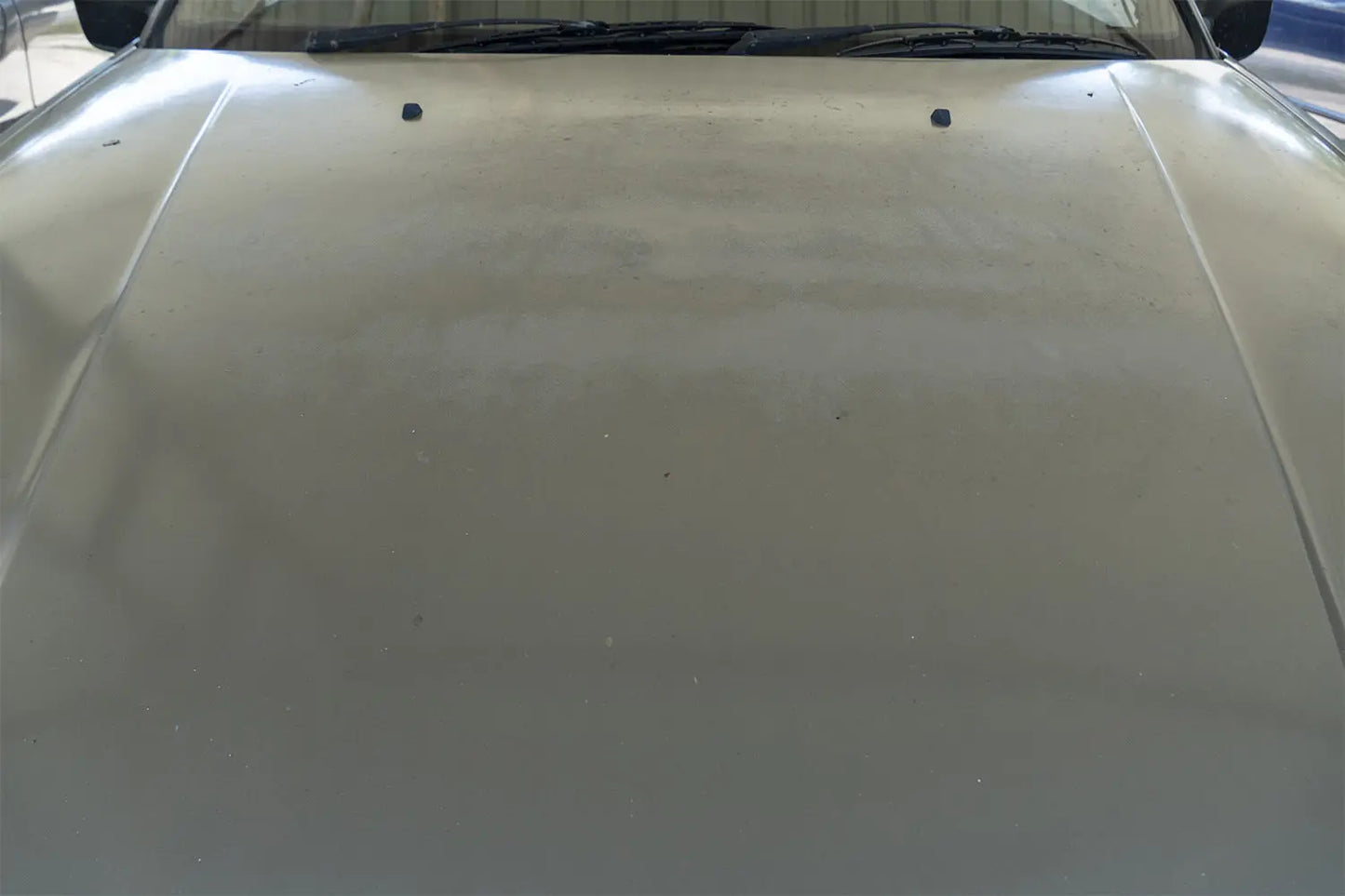
The paint on your car is the first thing that other people will see. One of the first steps on the car detailing checklist is to wash and wax your paint. The best way to leave a good impression on anyone that sees your car is to keep your paint clean and protected.
Part of what keeps your paint shining and safe is called the clear coat. The clear coat was applied whenever your car was being built. Without proper care and maintenance, the clear coat will eventually start to peel off, which will leave your paint vulnerable to damage. read this article in shine armor blog.
What Does Clear Coat Mean?
Clear coat is the final layer of paint that’s applied to your car whenever it’s being manufactured. From a chemical standpoint, clear coats are essentially the same thing as the paint that gives your car it’s color.
The solvents, fillers, additives, resins, and hardeners that make up ceramic paint are also found in clear coats. The key difference is that the clear coat doesn’t contain pigment, so it’s transparent. Hence the name “clear” coat.
The basic function of clear coats is to protect your car’s pigmented paint and help keep it glossy. The problem is that clear coats are usually only about two millimeters thick at most and can be easily damaged.
Although clear coats are designed to protect your pigmented paint, they are still soft enough to be scratched by your fingernail. It’s best to give your car an additional layer of protection by using a fortifying ceramic quick coat spray.
Read this article: What is a Good Substitute for Car Wash Soap?
What Causes Clear Coats To Peel?
Clear coat, a protective layer that shields your car's paint from the elements, can start to peel for several reasons. The sun's UV rays, fluctuating weather conditions, improper maintenance, and the natural aging of your vehicle can all contribute to this issue. Over time, UV exposure can break down the molecular structure of the clear coat, causing it to lose its adhesive strength. Add pollutants and road debris to the mix, and the clear coat's bond further weakens, resulting in unsightly peeling.
These are a few of the everyday circumstances that can damage your clear coat:
Related products from shine armor:
Ultraviolet Rays
Ultraviolet rays are the most dangerous hazard to your clear coat and can cause a lot of damage in a little bit of time. There are two types of ultraviolet rays found in sunlight. Both of them can damage your clear coat in different ways.
Ultraviolet A radiation dries out the resin in your paint, which will make it crack, separate, and peel. Ultraviolet B radiation causes your clear coat to experience oxidation.
Road Debris
The road is full of all kinds of sharp objects and debris that can easily scratch your clear coat. Rocks, broken glass, loose concrete, sand, and tire rubber are just a few of the possible hazards that can scratch your clear coat.
It’s best to repair any scratches that you see as soon as possible. If left untreated, the scratches can lead to peeling and ruin your clear coat and the paint underneath it.
Corrosive Chemicals
The corrosive chemicals found in acid rain, bird droppings, and splattered bugs are a few environmental hazards that can cause damage to your clear coat. Tree sap is especially dangerous as it’s difficult to remove and can quickly eat away at your paint.
Make sure you are washing your car often so that these chemicals don’t have a chance to soak in and eat away at your clear coat.
Read this article: Why is My Car Making a Whining Noise?
Extreme Weather
The cold temperatures in winter can make your clear coat even more brittle. That can result in some big problems when combined with heavy winds blowing ice, snow, and road debris all over your clear coat.
Another major problem of winter is road salt. Road salt is a very common way to deice the roads in winter, but it can destroy your clear coat. Road salt is very abrasive, so it can easily scratch up your clear coat.
Road salt is also highly corrosive, so it will eat away at your paint if you let it sit on your car. If you live in an area that uses road salt, then you’ll need to wash your car often to keep it from doing too much damage.
Harsh Cleaning Material
It’s a common mistake for people to use household cleaners and soaps to wash their car. These cleaners aren’t designed to clean paint, and they can have a very harsh effect on your clear coat.
Most household cleaners are very high on the pH scale and considered alkaline. Chemicals that are too high or too low on the pH scale can be very dangerous for your clear coat. Stick to using car wash soaps that are specifically made for cleaning cars and leave the household stuff inside the house.
Read this article: How Much Oil Does My Car Need?
How Do You Repair a Peeling Clear Coat?
Trying to fix a clear coat after it’s started to peel can be a little bit of a headache. It’s best to prevent it from happening if you can. If you can’t prevent it then at least try to catch it before it spreads too far.
Follow these steps in order to repair your clear coat:
Steps One Through Three
1. Thoroughly wash the panel where the damage has been done. Make sure you remove any wax or foreign substances that might have gotten underneath your clear coat.
2. Apply painter's tape an inch away from the damaged area in order to create a border.
3. Use a heavy sandpaper (800 grit should be fine) to scuff off the large flakes of clear coat first. Then start around the edges of the damaged area and move into the center. Be gentle as you get closer to the edges of the damaged area.
You don’t want to remove any more of the clear coat than absolutely necessary. Keep going until you can’t feel the clear coat anymore.
Read this article: How to Know if Your Car is Leaking Coolant and What to Do About It
Steps Four Through Six
4. If you are planning to use an electric sander, then you should take proper safety precautions. The dust that will come off during the sanding process is highly abrasive. It can damage both your lungs and your eyes, so wear safety glasses and a dust mask.
5. Use a microfiber cloth and some rubbing alcohol to remove anything that might have been left behind during the sanding process.
6. Shake up the aerosol clear coat spray for at least a minute before spraying on a light coat. Make sure that you cover the entire area that you sanded.
Shop by category:
Steps Seven Through Nine
7. Let this coat sit for about five minutes before adding a second light coat. Repeat this process one more time for a total of three coats.
8. Wait for about two hours before you slowly remove the painter’s tape. You should notice a fairly significant difference between the new clear coat and your older one.
9. Let the clear coat sit and settle in for between 24 and 48 hours before continuing.
Steps Ten Through Twelve
10. When the time is up, use finer grit sandpaper (2,000 grit will do it) and shave off the border of the repaired area. You don’t need to go too hard on this area, as you are only trying to blend the two together.
11. Use a buffer and apply some polish to the area that you’ve been working on. Start off on a lower power setting and slowly work your way up to further blend the new clear coating with the old.
12. Give it a few weeks to settle in before washing the area and applying a coat of preventative wax.
How Can You Prevent Your Clear Coat From Peeling?
The best thing that you can do is to park your car indoors and out of the elements whenever possible. That will help limit the damage done by the sun, weather, or corrosive chemicals that might find their way onto your paint.
Another crucial step for protection is to wash and wax your car often. By preventing any of the hazards mentioned earlier from building up on your clear coat, you will limit their potential damage.
Applying wax to your car after a thorough cleaning will provide an additional layer of protection. One way to think of it is that wax is sort of like a clear coat for your clear coat. The wax will take the majority of the abuse and prevent your clear coat from getting damaged.
Here’s What Will Not Fix A Peeling Clear Coat
If you're dealing with a peeling clear coat on your car's paint, there are some things that simply won't help. For instance, applying more clear coat on top of the peeling one is unlikely to make a significant difference. In fact, it may just end up peeling off again. Similarly, using touch-up paint or spray paint is also not recommended, as it may not adhere properly to the underlying peeling clear coat and lead to further damage.
Another thing to avoid is using household cleaning products or solvents on the peeling clear coat. While some people may think that sanding down the peeling clear coat is a good idea, it is generally not recommended for those without experience in auto body work. Ultimately, the best approach is to address the underlying cause of the peeling clear coat and take the appropriate steps to fix it, such as sanding, buffing, and repainting the affected area.
Read this article: Touchless car wash good or bad: Effects of touchless car washes
Prevention Is Power
Clear coat is designed to help protect the paint of your car, but it can still be damaged from ultraviolet rays and other road hazards. Once a clear coat starts to peel, it can spread pretty quickly. If you don’t catch it fast, then you might need to enlist the help of a body shop professional.
It’s so much easier to prevent the damage than to try to fix it. Using the Spray Wax Quick Coat spray from Shine Armor can help provide a brilliant shine for your paint while also protecting against ultraviolet radiation and other environmental contaminants. Keeping your clear coat protected will help keep your paint looking great and prevent any issues with peeling.
How A Paint Shop Fixes Peeling Clear Coat
If your car's clear coat is peeling, it can be frustrating and even disheartening. Clear coat is the layer of protective, transparent paint that sits on top of the colored base coat. When it starts to peel, it can leave your car looking unsightly and vulnerable to further damage. However, there is a solution - taking your car to a knowledgeable paint shop can help restore your car's appearance and protect it from future damage.
Here's how a paint shop typically goes about fixing peeling clear coat:
Inspection: The first step is to carefully inspect the affected area. This will help the technician determine the extent of the damage and what kind of repair is needed. In some cases, only a small section of the clear coat may need to be addressed, while in other cases, the entire panel may need to be repainted.Sanding: Once the damaged area has been identified, the paint shop will sand down the affected area until the damaged clear coat has been removed. This process is critical to ensure that the new clear coat adheres properly to the surface.
Priming: After sanding, the next step is to apply a primer to the surface. This helps to ensure that the new clear coat adheres properly to the surface and provides a smooth finish.
Painting: With the primer applied, the paint shop will then apply a fresh layer of clear coat. They will typically use a high-quality automotive clear coat that matches the finish of the original paint job.
Drying: Once the new clear coat has been applied, the vehicle must be left to dry for an appropriate amount of time before being touched or driven. This will ensure that the new clear coat bonds properly with the surface.
Buffing: The final step in the process is to buff the surface, which will remove any imperfections or rough spots and leave the surface with a smooth, glossy finish.
Overall, taking your car to a knowledgeable paint shop is the best way to fix peeling clear coat. By following these steps, the technician can restore your car's appearance and protect it from further damage. So if you're experiencing peeling clear coat on your vehicle, don't hesitate to contact a reputable paint shop for help.
Assessment: Gauge the Extent of the Damage
Before embarking on your restoration journey, it's essential to assess the severity of the clear coat peeling. Some instances may involve localized peeling, while others might encompass larger areas. A thorough inspection of your car's surface will guide your approach to restoration.
Gathering Your Arsenal: The Tools You'll Need
Restoring your car's clear coat to its former glory requires the right tools and products. Make sure you have these essentials on hand:
- Assorted sandpaper with varying grits (ranging from 800 to 3000)
- Automotive cleaner
- Microfiber towels
- Masking tape
- Clear coat paint
- Polishing compound
Tips to Ensure a Successful Restoration:
- Perform the restoration process in a shaded, well-ventilated area.
- Always follow the instructions provided by the manufacturer of the clear coat paint and other products.
- Be patient and take your time to achieve a smooth and seamless finish.
Conclusion: A Resilient Shine Awaits
With the right tools, patience, and a bit of effort, you can reclaim your car's dazzling appearance from the clutches of peeling clear coat. By following the steps outlined in this guide and paying attention to detail, you'll be able to revive your vehicle's allure and enjoy a polished, showroom-worthy finish once more.
